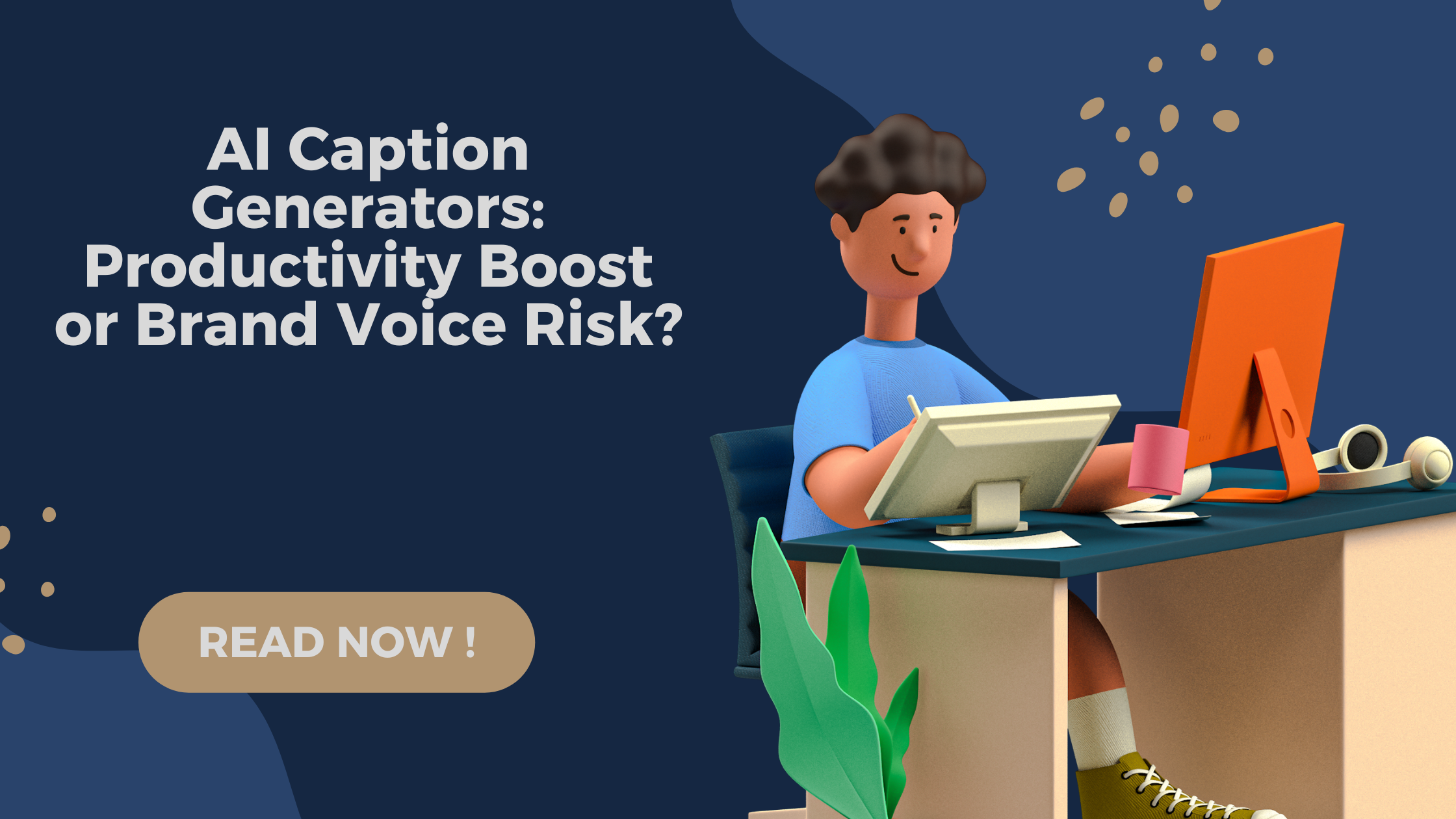Table of Contents
- Introduction: The Age of Predictive Intelligence
- What is AI Analytics?
- How Real-Time Consumer Behavior Prediction Works
- Key Technologies Driving AI Analytics
- Benefits of Real-Time Consumer Behavior Prediction
- Real-World Applications & Case Studies
- Implementation Framework for Businesses
- Challenges and Ethical Considerations
- Tools and Platforms for AI Analytics
- Future Trends in AI-Powered Consumer Insights
- FAQs: Everything You Need to Know
- About RSDS Agency
- Suggested Reading and Resources
In 2025, data alone is not enough. What matters is how intelligently you use that data — and that’s where AI analytics steps in. With modern consumers making decisions across multiple channels and touchpoints, brands need to be one step ahead. Predicting behavior in real-time means understanding not just who your customer is, but what they’re about to do next.
Imagine adjusting your marketing message the moment a user shows buying intent — or preventing churn by identifying disengagement patterns before they happen. This is the power of real-time predictive analytics.
What is AI Analytics?
AI analytics refers to the use of artificial intelligence, machine learning, and deep learning techniques to analyze massive data sets, identify trends, and predict outcomes. In marketing, this means:
- Forecasting buying behavior
- Optimizing campaign timing
- Segmenting audiences dynamically
- Personalizing customer journeys
Unlike traditional analytics, AI doesn’t just describe what happened — it tells you what’s likely to happen next.
How Real-Time Consumer Behavior Prediction Works
Real-time analytics monitors consumer interactions across web, app, CRM, email, and social touchpoints. Here’s how it works:
| Step | Description |
| Data Collection | Tracks behavioral signals (clicks, scrolls, cart activity, time on site, etc.) |
| Pattern Recognition | AI identifies user behavior trends using ML algorithms |
| Intent Prediction | Models assess probability of actions (buying, bouncing, etc.) |
| Automated Response | Sends personalized offers, content, or alerts in real-time |
Example: An e-commerce user lingers on a product page and revisits it twice. AI detects buying intent and immediately offers a 10% discount popup.
Key Technologies Driving AI Analytics
Machine Learning (ML)
Enables systems to learn from past data and improve future predictions without being explicitly programmed.
Natural Language Processing (NLP)
Helps understand customer queries, reviews, and social media sentiment.
Predictive Modeling
Creates mathematical models based on data trends to forecast user actions.
Real-Time Data Pipelines
Frameworks like Apache Kafka allow AI systems to process live behavioral data.
Computer Vision
Used in retail and physical stores to interpret in-store consumer movement and preferences.
Benefits of Real-Time Consumer Behavior Prediction
| Benefit | Why It Matters |
| Better Timing | Send offers when the customer is most receptive |
| Higher Conversion Rates | Tailored content leads to faster decisions |
| Reduced Churn | Identify drop-off patterns early and re-engage users |
| Efficient Ad Spend | Only target users most likely to convert |
| Customer Loyalty | Personalization builds long-term relationships |
CTA: Want to turn browsers into buyers in real-time? Contact RSDS today.
Real-World Applications & Case Studies
Netflix: Personalized Content Curation
Netflix’s AI-driven engine analyzes user watch behavior to curate a homepage that increases time-on-platform.
Amazon: Dynamic Product Recommendations
Amazon uses predictive analytics to show items users are most likely to buy based on past behavior, device, and location.
Spotify: Predictive Playlists
Spotify’s algorithms predict listening moods and create auto-generated playlists like “Discover Weekly.”
RSDS Client Example: Fashion Retailer
We helped a fashion eCommerce brand reduce bounce rates by 23% through behavior-triggered product suggestions.
Implementation Framework for Businesses
Step 1: Define Behavioral Goals
Start with clear outcomes — e.g., reduce cart abandonment or increase sign-ups.
Step 2: Integrate Data Streams
Unify data from CRM, website, email, and ad platforms into a centralized source.
Step 3: Train AI Models
Use historical data to teach your models how to predict future actions.
Step 4: Activate Real-Time Triggers
Create automation rules — like popups or emails — based on predicted behavior.
Step 5: Test & Optimize
Constantly refine your predictions by testing and analyzing results.
Challenges and Ethical Considerations
| Challenge | Recommendation |
| Data Privacy | Be transparent, comply with GDPR, and anonymize data |
| Bias in AI Models | Regularly audit algorithms for fairness |
| Over-Reliance on Automation | Keep a human-in-the-loop for final decisions |
Ethical AI Tip: Respect consent and only use data that users knowingly share.
Tools and Platforms for AI Analytics
| Tool | Use Case |
| Google Analytics 4 + BigQuery | Data collection and ML modeling |
| Mixpanel | Real-time product analytics |
| Segment | Customer data unification |
| Salesforce Einstein | AI-driven CRM insights |
| Hotjar AI | Behavioral heatmaps and session recordings |
Future Trends in AI-Powered Consumer Insights
AI + IoT: Smart devices will generate real-world behavior data.
Hyper-personalization Engines: Websites that fully adapt to each visitor.
Voice-Based Prediction: Alexa, Siri, and Google Home data for behavior modeling.
Predictive Attribution Modeling: AI that predicts which channels will convert before campaigns start.
CTA: Don’t wait for the future — build it with RSDS. Book a strategy call now.
FAQs: Everything You Need to Know
Q1: How accurate is real-time behavior prediction?
AI predictions can reach 85–95% accuracy with quality data and trained models.
Q2: What’s the difference between predictive analytics and AI analytics?
Predictive analytics is a subset of AI analytics. AI analytics includes NLP, computer vision, and more.
Q3: Can small businesses use this tech affordably?
Yes. Platforms like Mixpanel and GA4 offer AI features even for SMBs.
Q4: How soon can I see ROI?
Typically within 30–90 days depending on traffic and campaign scope.
Rahul Sinha Digital Solutions (RSDS) is a future-focused digital agency that specializes in:
AI-powered marketing and automation
Predictive analytics and behavior modeling
Custom CRM and data strategy solutions
High-performance web and app development
At RSDS, we don’t guess. We use data to deliver real results. Ready to understand your customers before they click? Let’s talk.
👉 Contact us at rahulsinha.in to begin your AI analytics journey.
Suggested Reading and Resources
“Predictive Analytics: The Future of Marketing” – HubSpot Blog
“The Power of Real-Time AI in Customer Experience” – Forbes
“Behavioral Targeting in 2025” – Think with Google
RSDS Blog: AI-Powered Web Development: Building Smarter Websites in 2025
RSDS Blog: Interactive Storytelling: Engaging Audiences in the Digital Age
Written by the AI & Data Strategy Team at Rahul Sinha Digital Solutions





